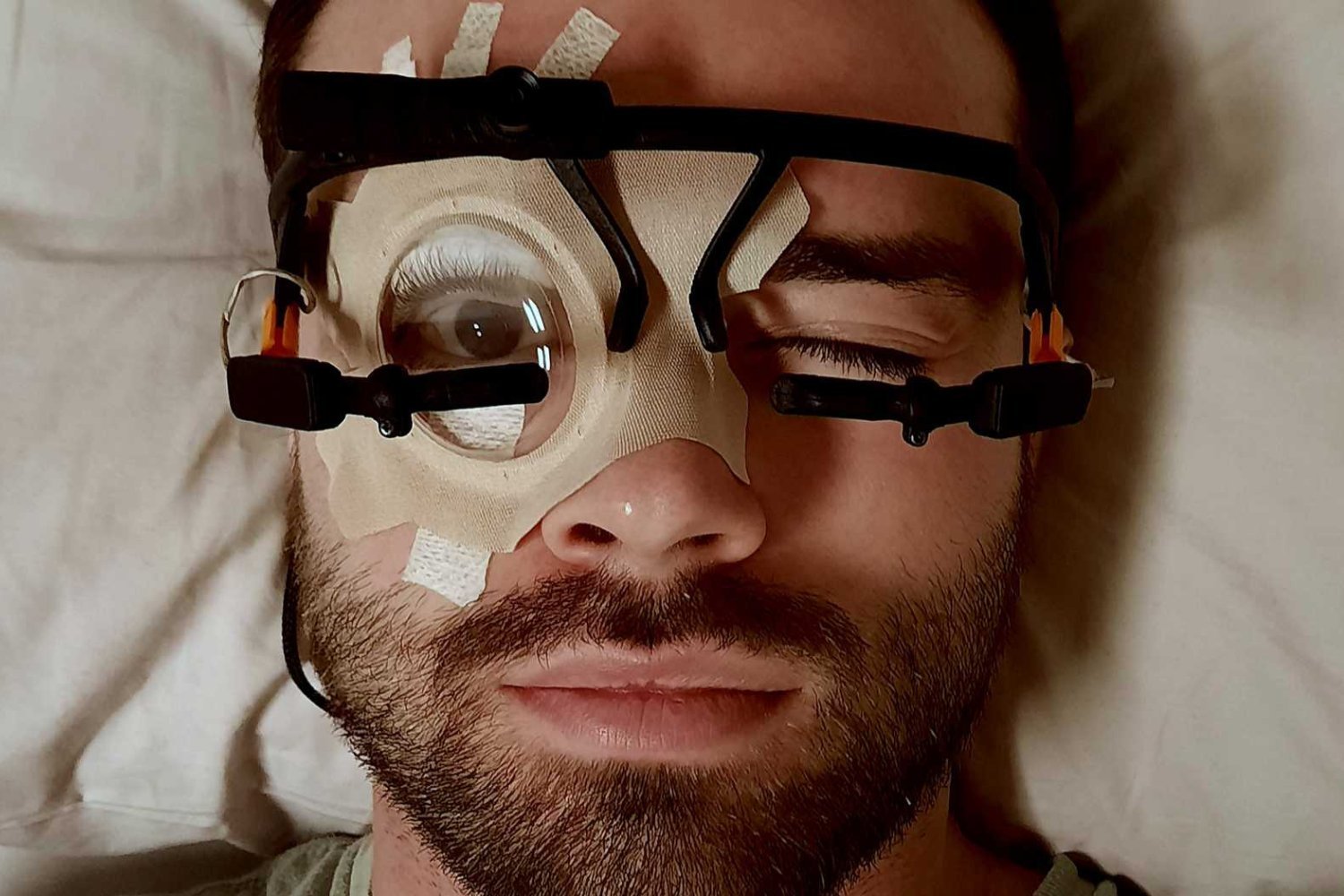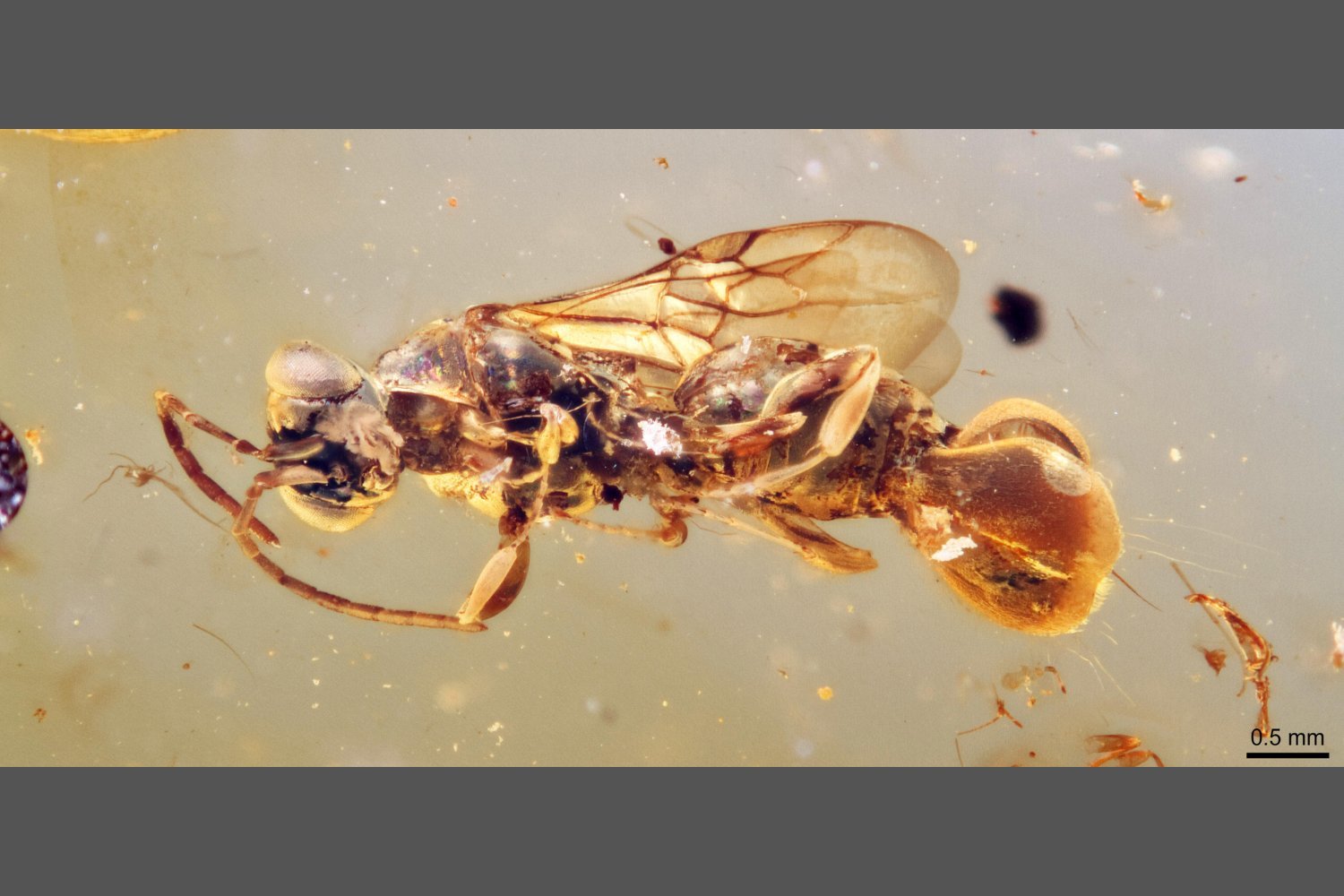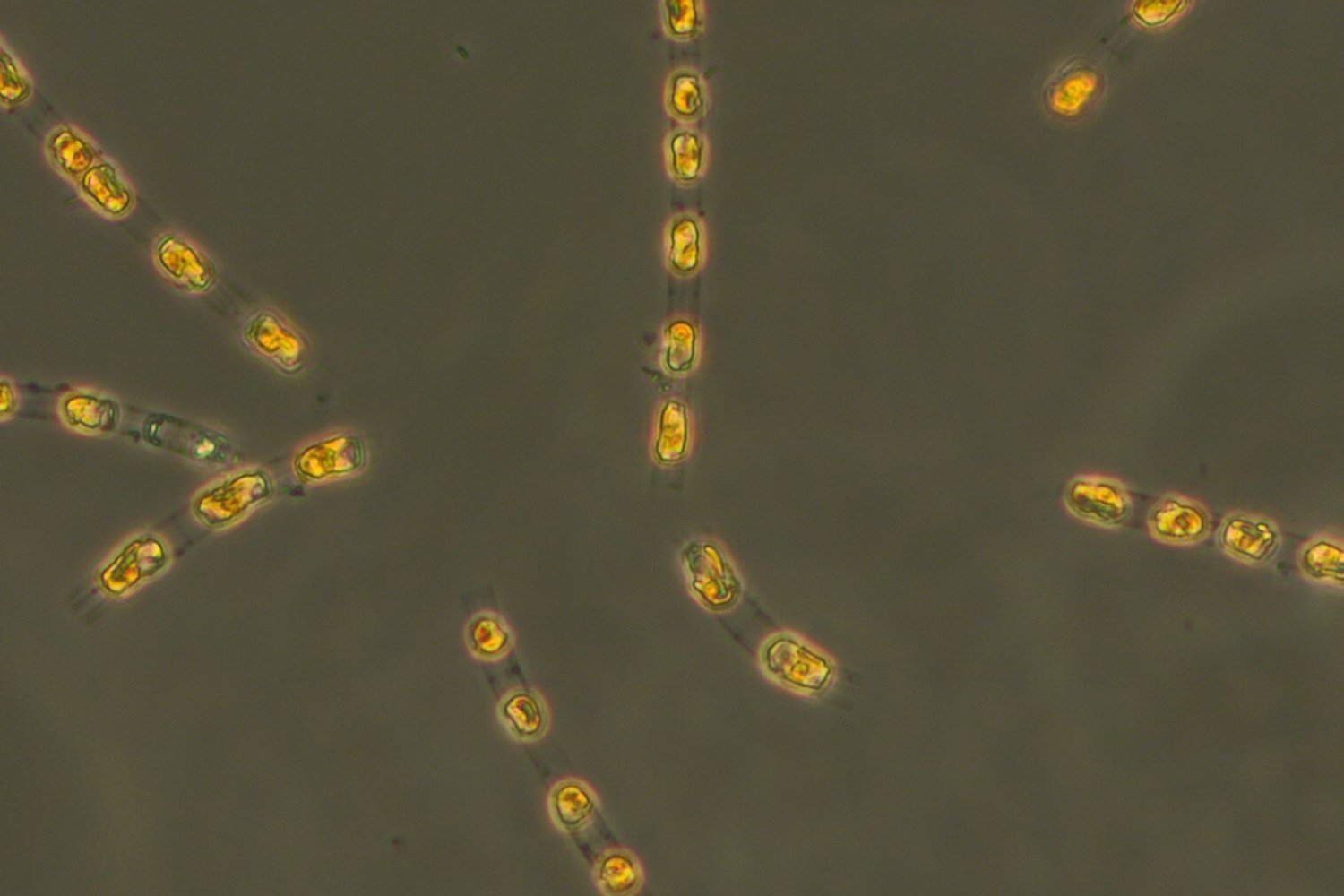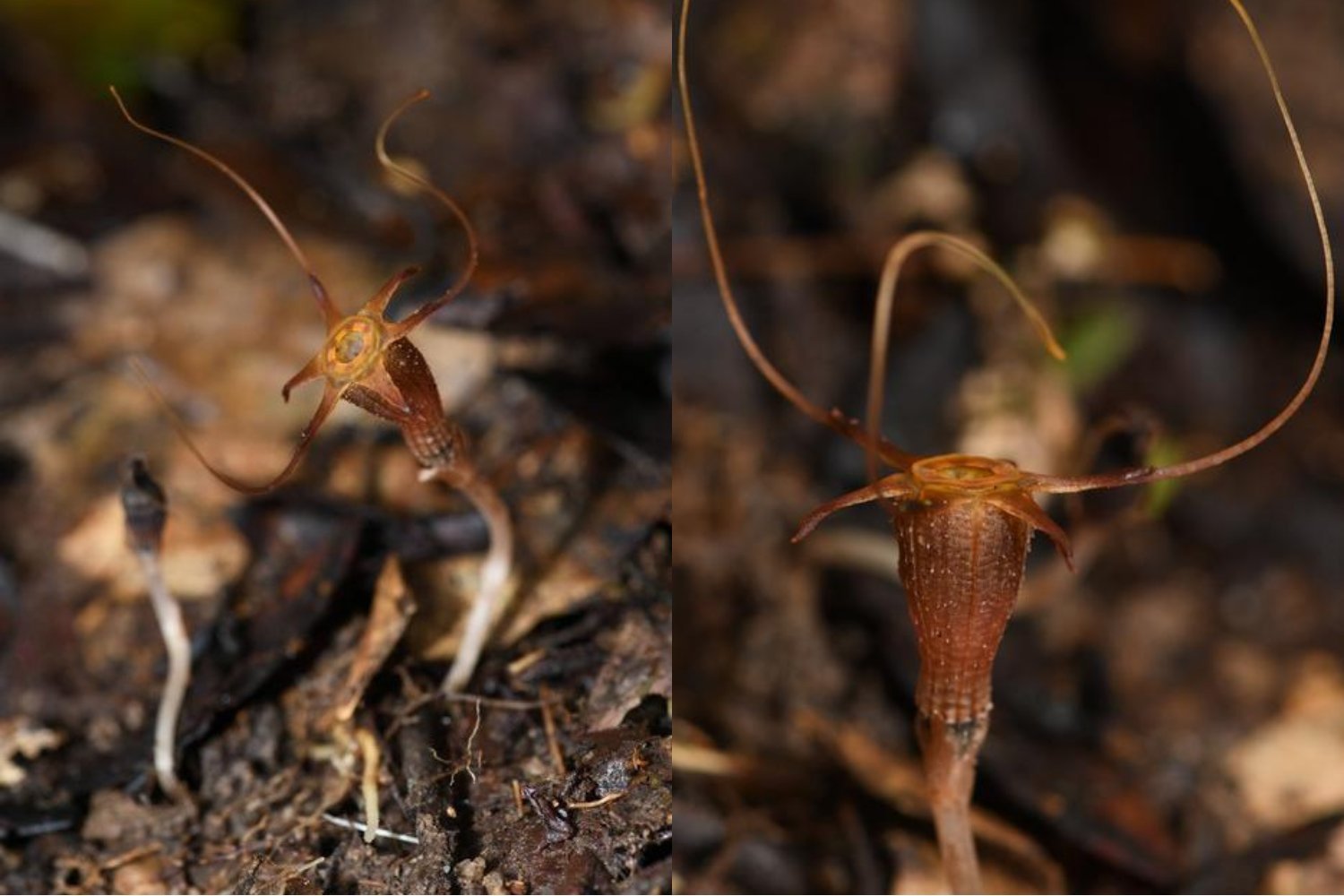Sleep, often considered a time of rest and recharge, is actually a period of significant brain activity. A recent study published in Nature Communications reveals surprising insights into this activity by analyzing pupil movements during sleep. This groundbreaking research suggests that our pupils constantly fluctuate in size while we’re unconscious, indicating varying levels of brain activation and potentially offering a new window into understanding sleep disorders.
While we sleep, our brains don’t simply power down. Instead, they remain active, processing information and performing essential functions. This study challenges the previous understanding of sleep as a state of low arousal, demonstrating dynamic shifts in brain activation throughout the night. Researchers in Switzerland analyzed the pupils of sleeping participants, finding that pupil size correlates with the level of brain activation. This discovery opens exciting possibilities for diagnosing and treating sleep-related conditions.
The locus coeruleus, a brainstem region crucial for regulating arousal levels, has been difficult to study during sleep. However, this study leverages the connection between pupil size and brain activity to indirectly observe the locus coeruleus’s influence. By tracking pupil dynamics, researchers gained valuable insights into this elusive brain region and its role in sleep.
The researchers developed an innovative technique to observe eye movements during extended periods of sleep. They carefully taped open one eye of each participant, applied eye ointment for moisture, and covered it with a transparent bandage. Surprisingly, most participants slept soundly despite having one eye open in a darkened room. This novel approach allowed for continuous monitoring of pupil size throughout the night, providing a unique dataset for analysis.
The study’s findings reveal a constant fluctuation in pupil size during sleep, indicating dynamic changes in brain activation levels. This observation confirms similar patterns previously documented in rodent studies, suggesting a conserved biological mechanism across species. The researchers also linked pupil dynamics to specific brainwave patterns associated with sleep stability and memory consolidation. Further analysis showed that the brain’s response to auditory stimuli varied depending on the level of activation indicated by pupil size.
This research, however, doesn’t establish a direct causal link between the locus coeruleus and pupil dynamics. While the study observes a correlation between pupil changes and brain activation, further research is needed to explore this relationship. Future studies aim to investigate this potential link and how activation levels influence sleep quality. If a strong causal relationship is confirmed, pupil movement could become a valuable tool for diagnosing sleep disorders like insomnia and PTSD, and even for monitoring the recovery of comatose patients.
This study offers compelling evidence that our brains are far from dormant during sleep. The dynamic changes in pupil size reveal a complex interplay of brain activity that challenges conventional views of sleep. While the exact mechanisms remain to be fully understood, these findings pave the way for innovative diagnostic and therapeutic approaches to sleep-related conditions. Pupil movements may not reveal the secrets of the soul, but they are proving to be a fascinating window into the active world of the sleeping brain.











